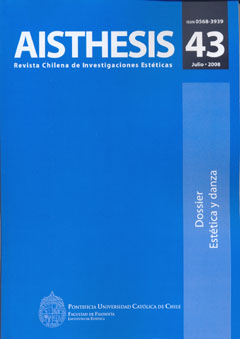Reading & Polemics in Real Presences, by George Steiner: Paradoxes vs. Aporiai
Main Article Content
Abstract
Real Presences (1989), perhaps the best-known work by George Steiner, is usually introduced as a vindication of high-culture, humanist reading and aesthetic values inherent to artistic masterpieces. This paper is based on the arguments of anti-deconstructionist theory raised by Steiner, in the context of US academy debates. Contrary to the proposals of Paul de Man or Stanley Fish, among others, Steiner’s work does not represent a relapse into a realistic metaphysics aesthetically created. The provocative reference to God is not an alibi to resolve the question of meaning outside the text but «hope» to be fulfi lled «within» the text. If read sceptically, its aporiai become paradoxes with tentatively numinous language.
Downloads
Article Details

This work is licensed under a Creative Commons Attribution-NonCommercial-ShareAlike 4.0 International License.
All contents of this electronic edition are distributed under the Creative Commons license of "Attribución-shareAlike 4.0 Internacional" (CC-BY-SA). Any total or partial reproduction of the material must mention its origin.
The rights of academic works published in this publication belong to their authors., who grant to AISTHESIS: Revista Chilena de Investigaciones Estéticas the license for its use. The management of the permits and the authorization of the publication of the images (or of any material) that contains copyright and its consequent rights of reproduction in this publication is the sole responsibility of the authors of the articles
